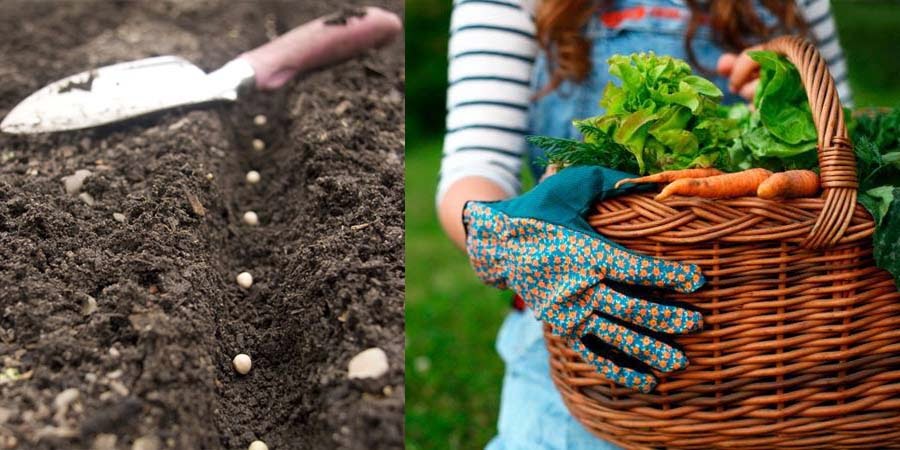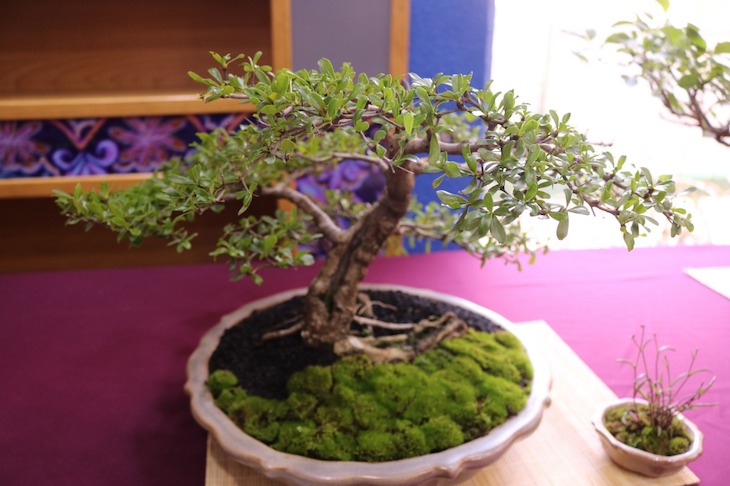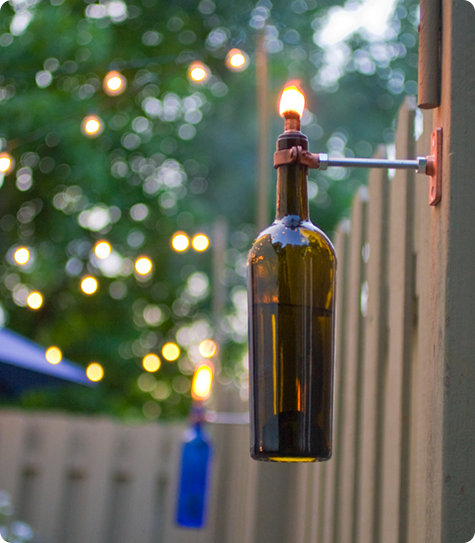Growing in poor soils is not an easy task, especially when you do not have the knowledge of which are the easiest foods to grow

The quality of the soil is often a problem when it comes to wanting to carry out the wonderful task of growing our own food. Although most plants and vegetables grow in fertile, well-drained soil, hobbyists’ farmers and gardeners still have to deal with clay soil, acid soil, rocky soil, or other types of soil that are not ideal for growing food and which are considered as poor soils .
The 7 easiest vegetables to grow in poor soils
Fortunately, there are many options for dealing with soil poverty, including adding nutrients, using vertical gardens, or growing vegetables that are easy to grow in poor soils.
Tomato
Tomato plants do best when started indoors, sowing the seeds and transplanting them after six to eight weeks. For an early harvest, transplant your tomatoes as soon as the danger of frost has passed. Tomatoes also do well grow in pots. Soil with a pH balance of 6 or 7 is ideal for tomatoes, add lime to increase the soil’s pH level or sulfur to lower it.
Ideal zucchini in poor soils
Perhaps zucchini is the easiest food to grow in poor soils, it is even frequently the subject of jokes among gardeners by taking it almost like weeds. Two plants should provide more than enough zucchini. Its flowers are also edible. It is recommended to water them a lot every two days. They do well in soils with a pH balance of 6 or 7, and will thrive in full sun or partial shade.
Radish
Radish is sown preferably in autumn, spring and winter. When radishes are grown in poor soils it is common that, given their rapid growth, associations are made, interspersing other vegetables with a longer cycle, such as carrots, beets, etc. Plant in a sunny area in soils that preferably have a pH balance of 6 or 7; water lightly every few days.
Carrot for poor and rocky soils
The carrot does well even in rocky soils and poor soils, although keep in mind that the shape of the vegetable itself will look crooked when grown in rocky conditions. The soil should be kept moist, but remember that carrots require less water as they reach maturity. Grow carrots in the soil with a pH balance of 5 to 6, if possible, and make sure they get half a full day of sunlight.
Corn
Another easy-to-grow vegetable, corn requires more space to thrive. Plant two rows parallel to each other to allow pollination, and avoid letting the soil get too dry. A pH balance of 6 or 6.5 is better, since it is advisable to receive sunlight throughout the day.
Green beans
Grow in poor soils during hot weather, since they are not typical of cold, sow in rows 60 cm apart and 20 cm between plants. Germination is poor when the soil is cold, so you have to wait until it is warm enough.
The bush types must be sown every two or three weeks, until the end of the summer.
Climbing varieties are only planted once, in spring.
Beetroot
Try to aerate the soil as much as possible before planting beets as this root vegetable does best in softer soils. Add lime if the soil is too acidic. Sow at least 2 inches apart. Beets grow best with mid-day sun in the soil with a pH balance in the range of 6.
These are just some of the foods that do well in poor soils. Adding compost to poor soil is generally an ideal way to get the desired results.








